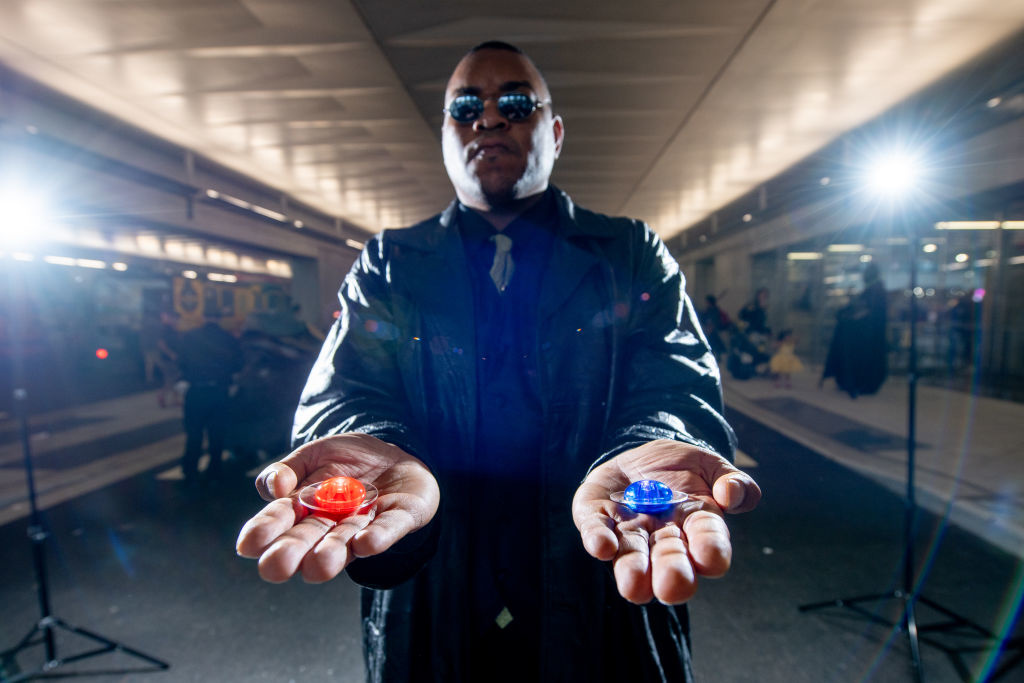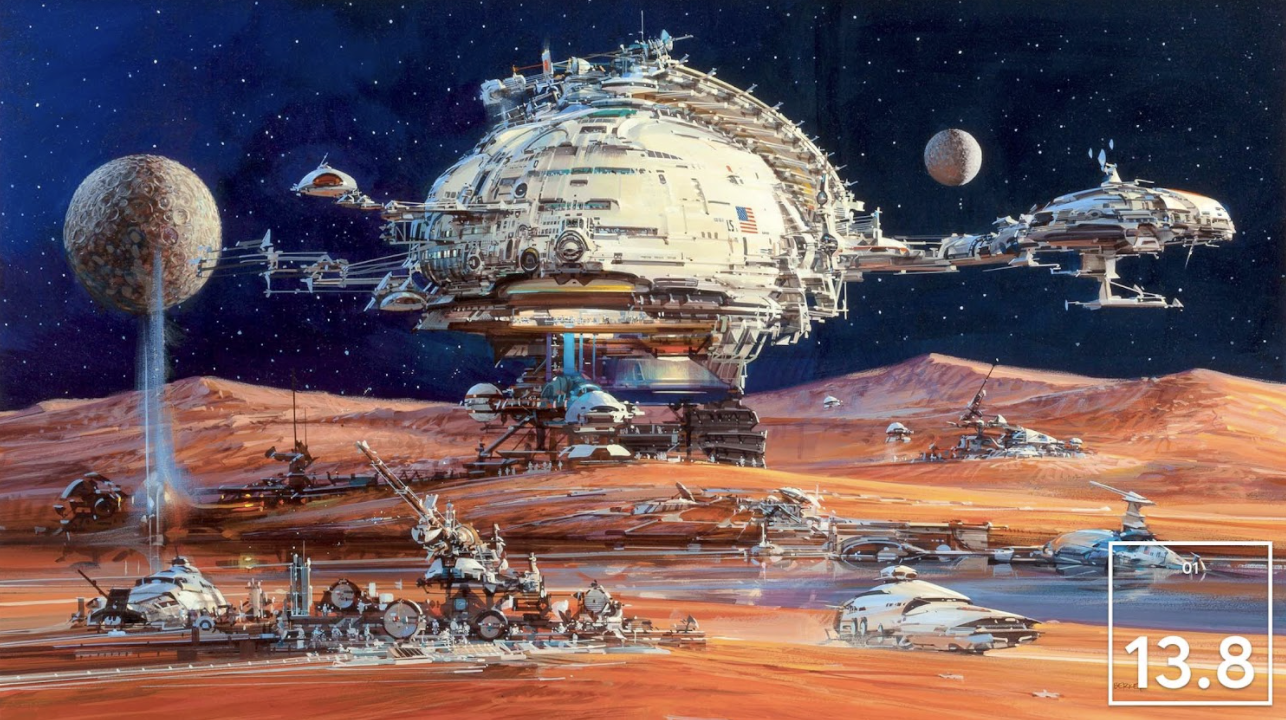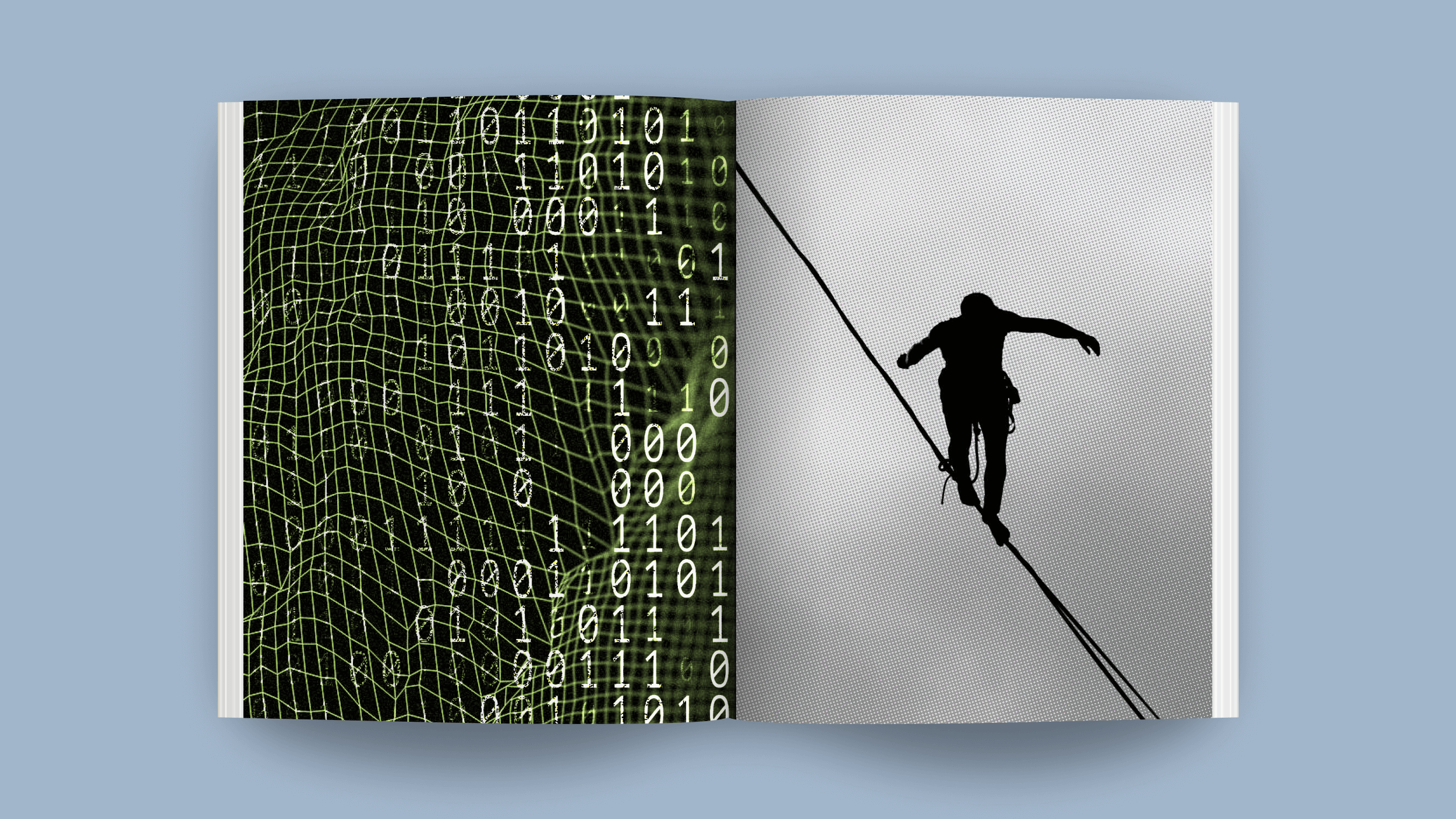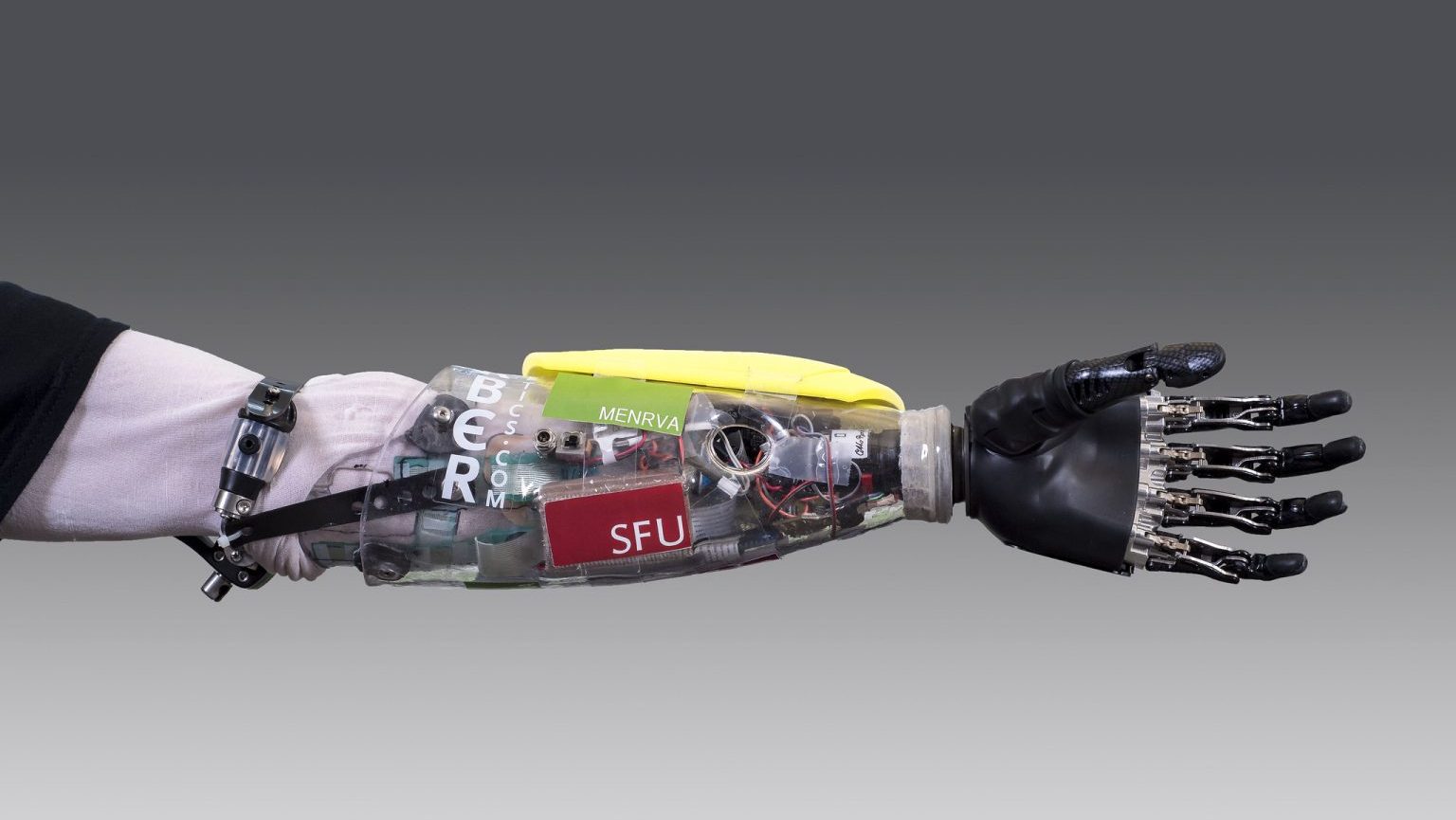Isaac Asimov’s “Foundation”: Predicting the future with mathematical sociology

If you like fantasy and science fiction, you owe it to yourself to watch Foundation. This show, which premiered on Apple TV on September 24, has a lot in common with modern classics like Game of Thrones. Some familiar elements include a diverse cast of morally ambiguous characters, a fleshed-out world packed with outlandish cultures and customs, and tomes upon tomes of history and backstory that make the surface-level narrative feel real and grounded.
But while Foundation resembles Game of Thrones in terms of execution, its actual story couldn’t be more different. Where Game of Thrones focuses on the relationships between individual characters, Foundation zooms out to look at the biggest of big pictures. Its central conflict isn’t fought out between people, but empires and galaxies. Where the stories of Daenerys Targeryan and Jon Snow only took a handful of years to reach their conclusions, the plot of Foundation stretches across eons.
Even when compared to other sprawling space operas like Star Wars and Frank Herbert’s Dune, the Foundation series remains unmatched in terms of scale and scope. This is because its original author, a legendary sci-fi writer and editor by the name of Isaac Asimov, drew inspiration from a contentious but fascinating academic theory. This theory is called mathematical sociology. Scholars believe that — if properly understood and studied — it could help us predict the future of mankind.
Asimov and the foundations of psychohistory
Despite its macroeconomic approach, Foundation essentially revolves around a single person: Hari Seldon. Seldon is a renowned mathematics professor and the inventor of psychohistory, a subfield of statistics that analyzes the past actions of large groups of people in order to predict what they might do next. When Seldon’s latest research anticipates the destruction of the very society in which he lives, he devises a millennia-spanning plan to change destiny.
While Apple’s adaptation shows audiences how this plan is set into motion, the books are more concerned with teaching readers how psychohistory actually works. Using the central axioms of his discipline, Seldon can formulate a number of small course corrections in the march of cosmic history that will, in time, ripple out into large-scale developments. The hope is that these developments could save his world from a number of seemingly insurmountable calamities.
The first and most important axiom of psychohistory is that, while actions of individuals can be difficult to predict insofar as they are subject to chance and freewill, the actions of groups — often dictated by herd psychology and mass hysteria — tend to be easier to quantify. In the novels, Asimov likens this to the study of gas particles; after all, physicists can only accurately predict the movements of gas particles when they’re clumped together.
Another axiom is that, for psychohistory to work, the general population under study should remain ignorant of any predictions because knowledge of future events would cause them to change their behavior and, by extension, the course of history itself. This axiom is the root of the Foundation’s drama, as Seldon and his disciples must try to keep their studies a secret from the rest of the world. In later installments, a mind-controlling Milky Way conqueror called The Mule also poses a significant threat to their grand plan.
Mathematical sociology for dummies
Like all great fantasy and science fiction writers, Asimov drew inspiration from the real world while constructing his fictional universe. When he first began working on Foundation, Asimov learned of a sociological theory gaining traction in the academic world. This theory, as mentioned, was called mathematical sociology. Though similar to psychohistory insofar as it concerns the actions of large groups, mathematical sociology is less deterministic and more limited in its applications.
Mathematical sociology evolved from general sociology as researchers developed mathematical models to quantify and analyze the inner workings of social networks and institutions. Tools like linear algebra, graph theory, game theory, and probability are used to discern exchanges of power, influence, and friendship among different levels of society. The resulting models give sociologists an idea of how “local” interactions relate to “global” exchanges ones.

The discipline originated in the early 1940s, which was around the time that Asimov published the first installment of Foundation. Its founding fathers were Nicolas Rashevsky, a theoretical physicist, and Anatol Rapoport, a mathematical sociologist. Both men were born in Russia but ended up emigrating to the United States, where they built up their academic careers and did their most important work. James S. Coleman, author of Introduction to Mathematical Sociology, went on to turn their theories into practices.
Contrary to what you might think, mathematical sociology never quite took off in the Soviet Union. While communist politicians wanted to micromanage every aspect of public and private life, they actually rallied against the mathematization of the social sciences. To them, these disciplines were more about ideas than numbers. Mathematical sociology fared better in the U.S., where it built upon the foundation laid by Taylorism and factory management.
From mathematical sociology to cliodynamics
In its current form, mathematical sociology is used mostly to test and refine theories about how different social groups function. While future behaviors can be discerned through deductive reasonings, they cannot be “predicted” in the way that Seldon’s psychohistory allows for. Although a small subfield compared to general sociology, mathematical sociology has continued to evolve into the 21st century, becoming a reliable method for sociologists to better understand their surroundings.
Just as Asimov was inspired by trends in the academic world, so too did his Foundation series inspire future disciplines. Not long after the writer’s death in 1992, a mathematically inclined evolutionary anthropologist named Peter Turchin developed what is now called “cliodynamics,” named after the Greek muse of history. Instead of looking at present behaviors, cliodynamics uses mathematical models to find patterns in the distant past that could then be used to predict the future.
Where mathematical sociology is concerned with group psychology, cliodynamics also looks at social and economic developments, finding cyclical patterns of reduced productivity, falling wages, and disproportionate birthrates that are consistent not just across individual countries but the world at large. Regardless of their differences, the underlying philosophy of mathematical sociology, cliodynamics, and psychohistory is the same: a belief that traces of the future can be found in the past and present.





